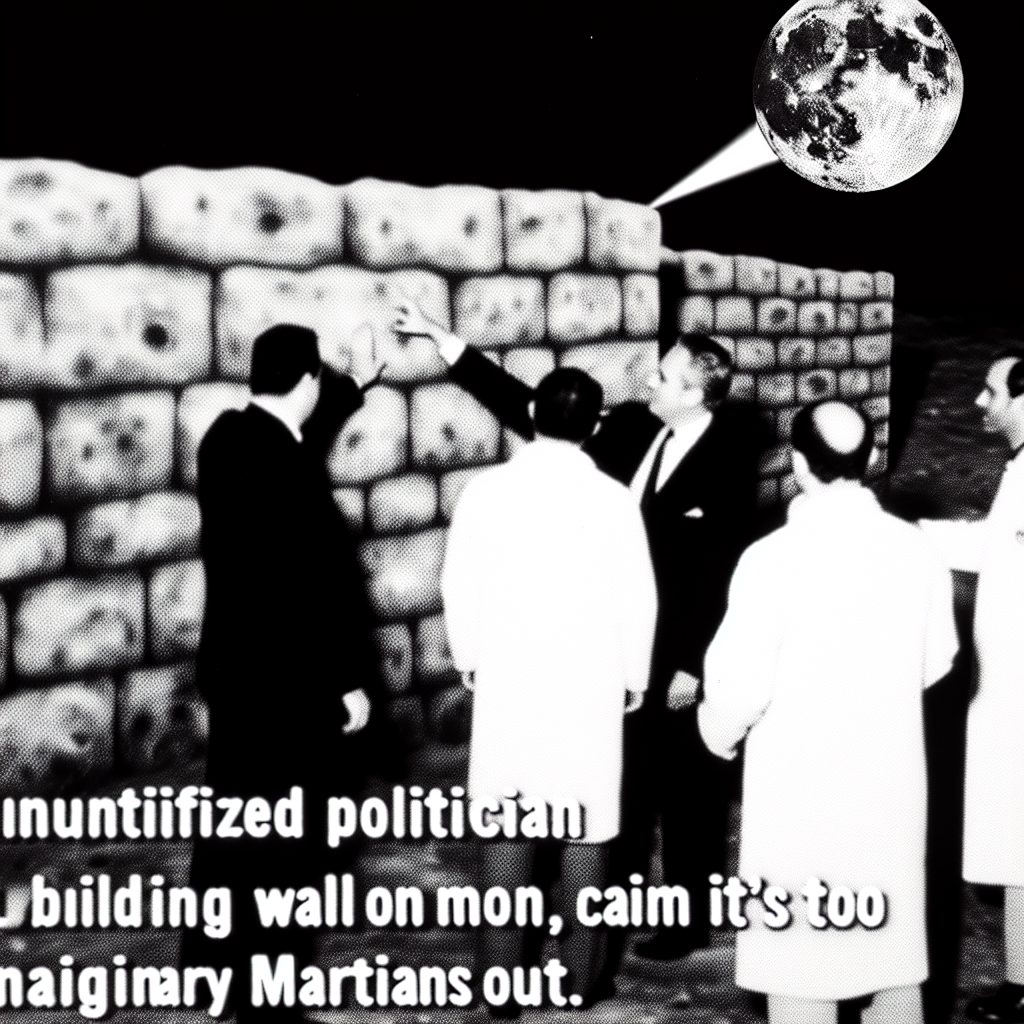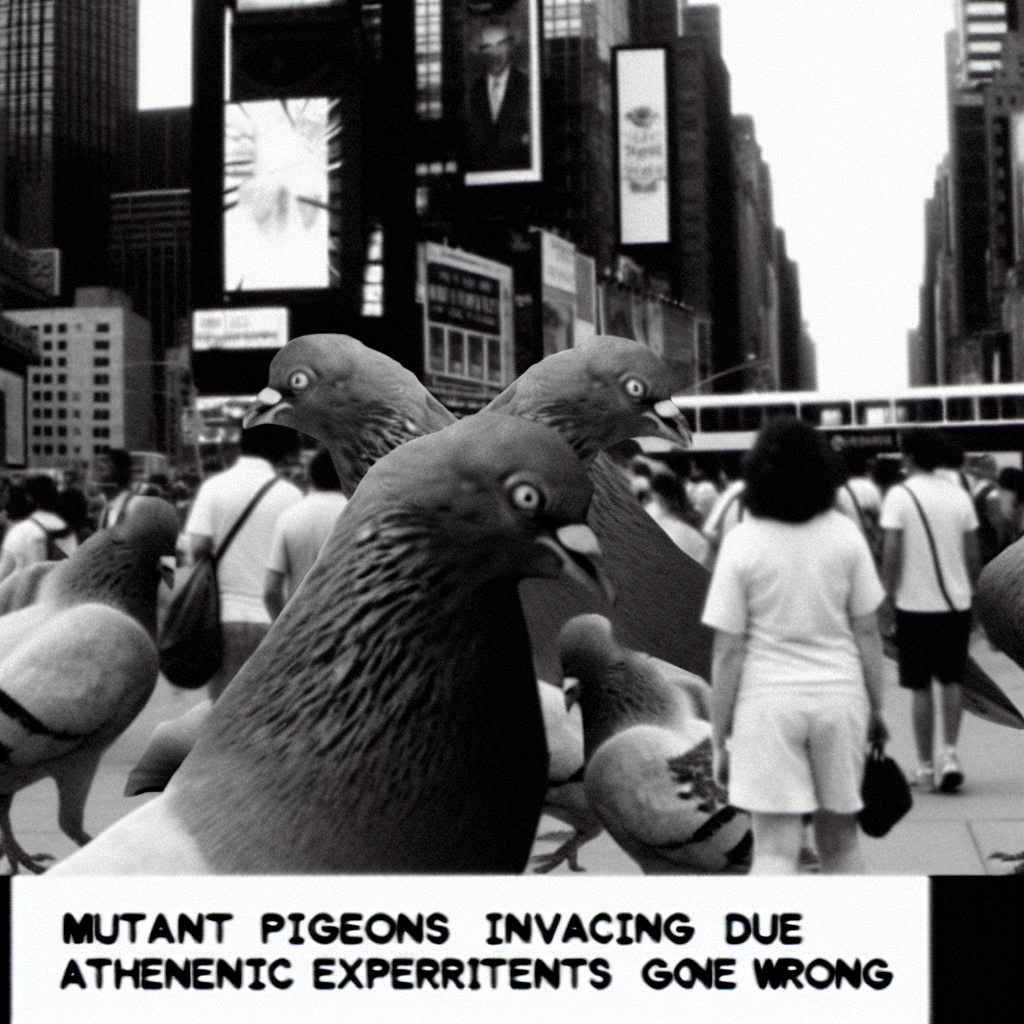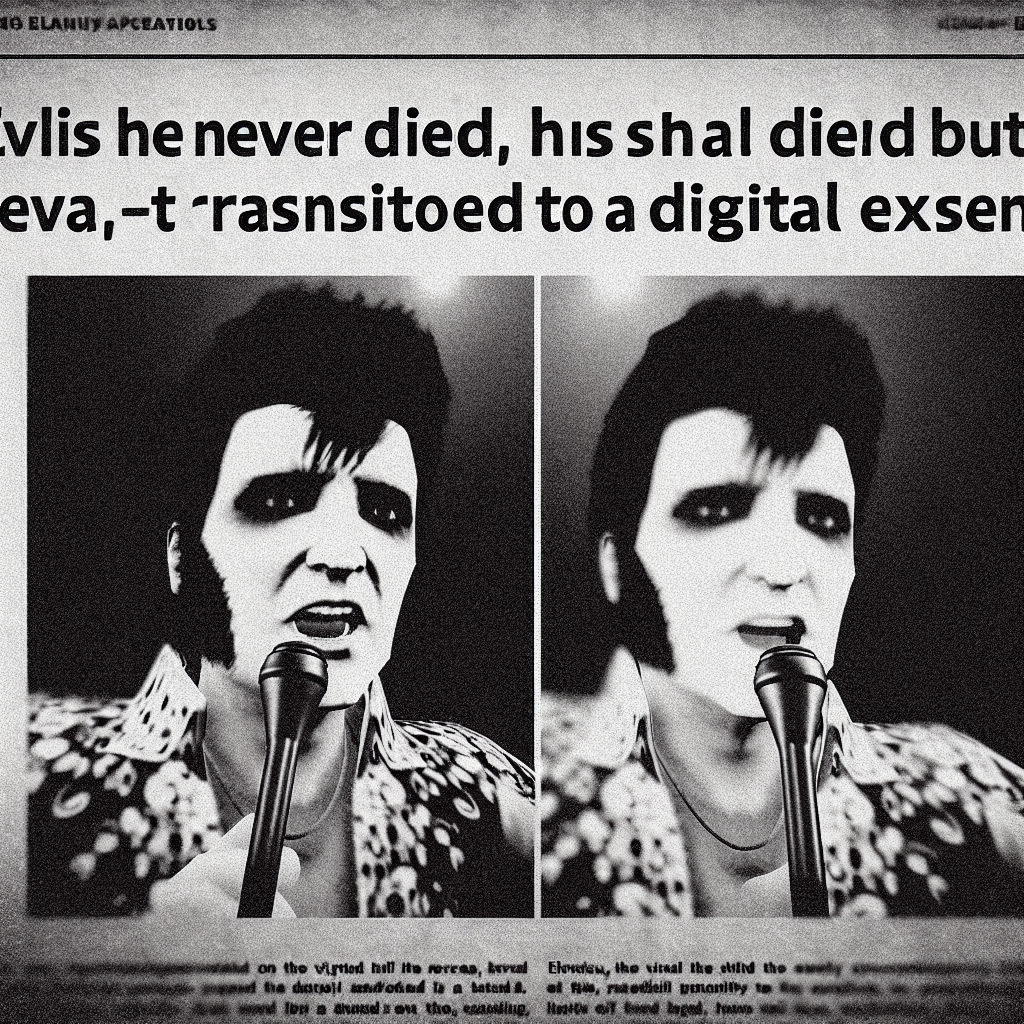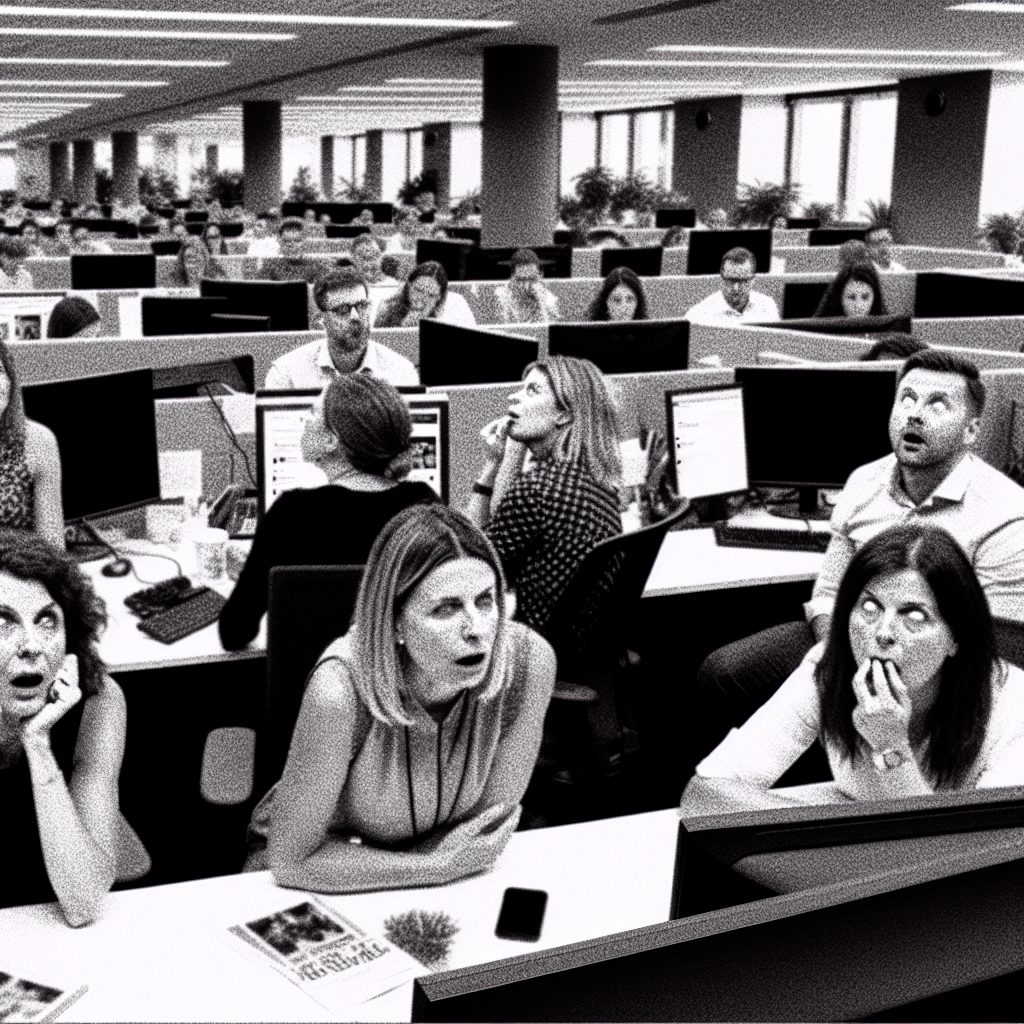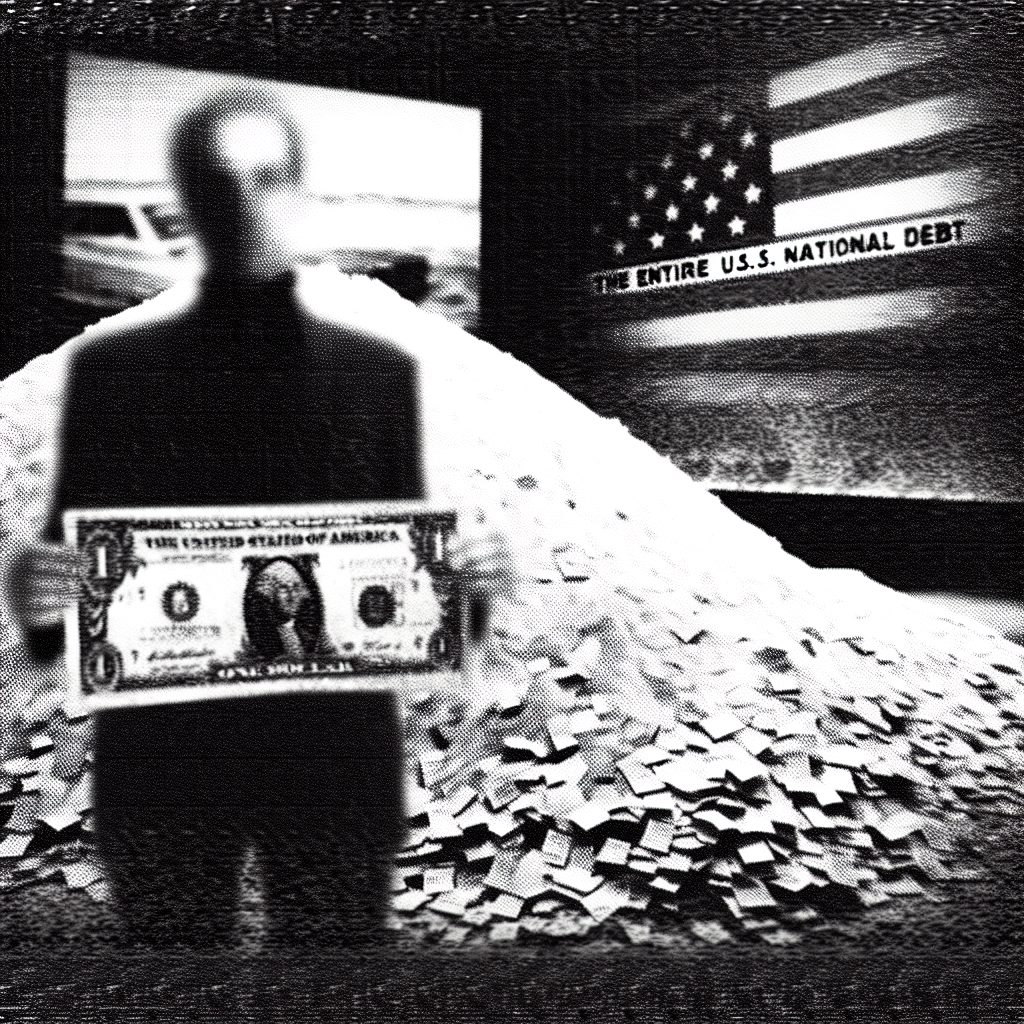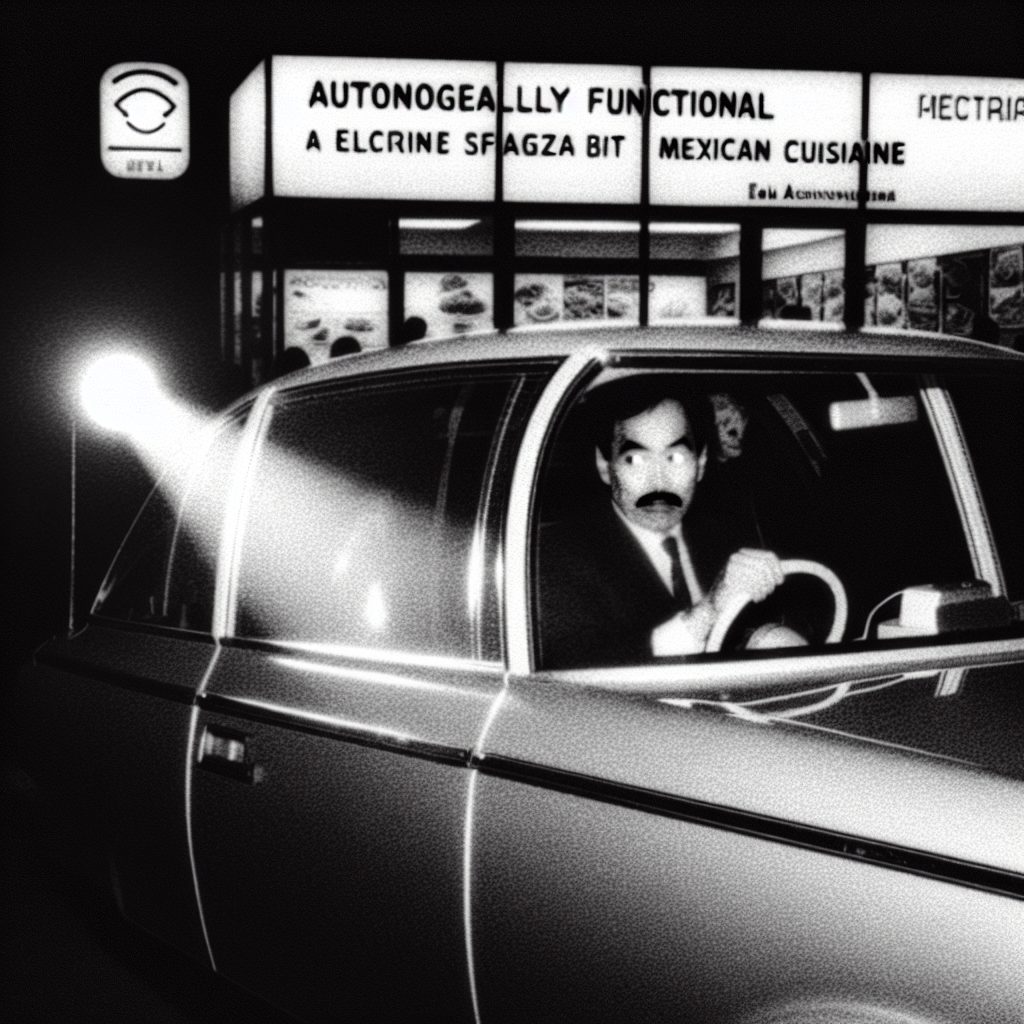LINKEDIN INFLUENCER’S MOTIVATIONAL POST HYPNOTIZES ENTIRE WORKFORCE
Corporate social media guru's inspirational content triggers mass productivity coma
SILICON VALLEY, CA – A routine motivational post on LinkedIn by corporate influencer Chad Maximizer has triggered what experts are calling the most devastating case of mass workplace hypnosis in recorded history, leaving thousands of employees across the globe trapped in an eerie state of hyper-productivity that shows no signs of abating.
The post, which began innocuously with “Rise and grind, network warriors! 🚀,” quickly escalated into a 847-word manifesto about “synergizing your authentic self with disruptive innovation paradigms.” Within hours of publication, office workers from Manhattan to Mumbai began exhibiting bizarre symptoms: endless typing at keyboards, robotic recitation of corporate buzzwords, and an unsettling compulsion to update their professional headshots every 37 minutes.
Dr. Melinda Thornfield, a specialist in digital psychology at the Institute for Social Media Disorders, believes Maximizer’s post contained a perfect storm of hypnotic elements. “The repetitive use of phrases like ‘thought leadership’ and ‘circle back’ combined with strategic emoji placement created a linguistic pattern that bypasses critical thinking,” she explained. “It’s essentially a trojan horse for the subconscious mind, disguised as career advice.”
The phenomenon first manifested at Synergy Solutions Inc. in downtown Chicago, where marketing coordinator Janet Kowalski witnessed her entire department fall under the post’s spell. “One minute we were having normal conversations about weekend plans, and the next minute everyone was standing at their desks chanting about ‘leveraging core competencies,'” Kowalski reported, her voice trembling. “My boss hasn’t stopped networking on LinkedIn for 72 hours straight. He’s sent connection requests to his own mother, his barista, and somehow even his deceased grandfather’s profile.”
The hypnotic post has since garnered over 2.3 million views and counting, with each new reader adding to the growing army of productivity zombies. Corporate headquarters worldwide report unprecedented levels of work output, but at a disturbing cost. Employees are working through lunch breaks, sleeping at their desks, and communicating exclusively through LinkedIn direct messages, even with family members.
Security footage from various offices shows affected workers moving in synchronized patterns, all checking their phones at precisely the same intervals and nodding in unison during video conferences. More alarmingly, several companies report that their entire staff has begun dressing identically in navy blazers and khaki pants, regardless of previous dress codes or personal style preferences.
Government agencies are now scrambling to contain what they’re internally calling “The LinkedIn Incident.” Sources within the Department of Digital Wellness confirm they’ve established a task force dedicated to studying Maximizer’s post, though three team members have already succumbed to its influence after conducting their initial analysis.
“We’re dealing with something unprecedented here,” admits a high-ranking official who requested anonymity. “This isn’t just about social media manipulation anymore. We’re looking at potential weaponization of professional networking platforms.”
Maximizer himself has been unreachable for comment, though his LinkedIn activity suggests he may be unaware of the chaos he’s unleashed. His recent posts continue to promote his upcoming webinar series, “Unlocking Your Inner CEO: A Masterclass in Authentic Excellence,” scheduled for next Tuesday.
Tech experts are working around the clock to decode the post’s hypnotic mechanism, but their efforts are hampered by the fact that anyone who reads it for analytical purposes immediately joins the affected masses. One Silicon Valley programmer, speaking on condition of anonymity before his inevitable exposure to the content, suggested the post may contain “subliminal HTML coding” embedded within its seemingly innocent career advice.
The economic implications are staggering. While productivity has skyrocketed in affected offices, consumer spending has plummeted as hypnotized workers show no interest in anything beyond professional development and LinkedIn engagement. Shopping malls report ghost-town conditions, while bookstores can’t keep career advancement titles on their shelves.
Mental health professionals are particularly concerned about long-term effects. Early observations suggest that affected individuals are losing the ability to engage in small talk, instead responding to casual greetings with elevator pitches about their professional value propositions.
International authorities are now considering whether to classify motivational LinkedIn content as a controlled substance, with several European nations reportedly drafting emergency legislation to regulate inspirational business posts.
As the crisis enters its fourth day, one thing remains clear: what began as a simple attempt to boost Maximizer’s personal brand has evolved into a global emergency that challenges our understanding of digital influence and human susceptibility to corporate rhetoric. The question now isn’t whether more people will fall victim to the post’s hypnotic power, but whether anyone will retain enough free will to find a cure before the entire working population becomes permanently trapped in an endless cycle of professional optimization and synergistic thinking.
Meanwhile, Maximizer’s follower count continues to climb exponentially, suggesting the worst may be yet to come.
The characters and events depicted in this story are entirely fictitious. Any similarity to real persons, living or dead, or to actual events is unintentional and purely coincidental.



